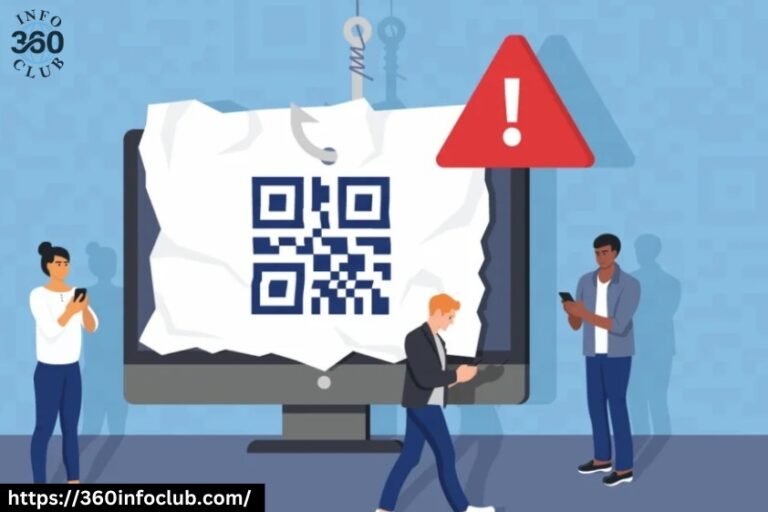The Importance of Managing Your Digital Footprint
Data footprints are left behind when you use the internet – sometimes known as digital shadows or electronic footprints. Your online activity includes visiting websites, sending emails, and submitting information. You can track a person’s online activities and devices using their digital footprint. Internet users can create their digital footprint actively or passively.
Concept of Digital Footprint
Your digital footprint is the trail you leave behind whenever you browse the internet. Posts on social media, newsletter subscriptions, reviews left online, and online shopping all contribute to a digital footprint.
Sometimes it’s not apparent that you are leaving a digital footprint. Cookies can track your activity on websites and apps can collect data without your knowledge. A company that accesses your information may sell or share it with third parties. Moreover, a data breach could compromise your personal information.
Why Are Digital Footprints Important?
Digital footprints matter because:
- In most cases, the owner has little control over how they use their information once it is made public – or even semipublic, as with Facebook posts.
- In today’s digital world, people’s digital reputations have become as relevant as traditional offline ones.
- The digital footprints of potential employees, especially their social media accounts, can be checked by employers before hiring. Similarly, universities and colleges may check prospective students’ digital footprints before accepting them.
- Unintentional offense can arise from words and photos you post online.
- A private message intended for a small circle could spread to a broader circle, potentially damaging relationships and friendships.
- Cybercriminals can exploit your digital footprint – using it for purposes such as phishing for account access or creating false identities based on your data.
Digital Footprint Activity
A digital footprint activity typically involves engaging with the concept of a digital footprint through various exercises or discussions. Here are some possible components of a digital footprint activity:
- Introduction to Digital Footprints: Explain the concept of a digital footprint, including the two main types (active and passive). Use examples to illustrate.
- Activity: Trace Your Digital Footprint:
- Self-Assessment: Have participants list the websites and apps they use regularly.
- Search Activity: Ask participants to Google their names and see what information is available about them online.
- Discussion: Talk about the implications of having a digital footprint, both positive and negative. Discuss privacy settings and how they impact one’s digital footprint.
- Case Studies: Analyze real-world examples where someone’s digital footprint had significant positive or negative effects.
- Create a Plan: Have participants develop a plan to manage their digital footprint, including privacy settings, posting guidelines, and online behavior.
Types of Digital Footprints
- Active Digital Footprint:
- Most often, this occurs when users deliberately share information online, such as by posting on social media, blogging, or participating in forums.
- Passive Digital Footprint:
- Initiated without the user’s explicit intent. It includes data collected through cookies, IP addresses, browsing history, and other tracking technologies.
Dangers of Digital Footprints
- Privacy Invasion: Unwanted parties can obtain personal information, leading to potential misuse.
- Identity Theft: Information available online can steal someone’s identity.
- Reputation Damage: Old posts or pictures can resurface and negatively affect one’s professional and personal reputation.
- Cyberbullying: Personal information shared online can make individuals targets for cyberbullying.
- Security Risks: Hackers can exploit personal data for malicious purposes, including phishing attacks.
Here Are 5 Ways To Make A Positive Digital Footprint
- Share With Care: Take a moment to think before posting. Ensure that your online presence reflects your values and image.
- Engage In Positive Online Activities: Participate positively in forums, blogs, and social media. Share knowledge, help others, and contribute positively to online communities.
- Keep An Eye On Privacy Settings: Review and update your privacy settings regularly on social media platforms.
- Showcase Your Achievements: Use your online profiles to highlight your accomplishments, skills, and positive activities. It could include creating a professional LinkedIn profile, a personal website, or an online portfolio.
- Be Respectful And Positive: Interact with others positively and respectfully. Avoid engaging in or responding to harmful online behavior. It helps build a positive digital footprint online reputation.
By actively managing your digital footprint, you can safeguard your personal information, enhance your professional reputation, and ensure that your online presence accurately reflects who you are. In an age where our digital actions have lasting consequences, taking control of your digital footprint is not just important—it’s essential.






